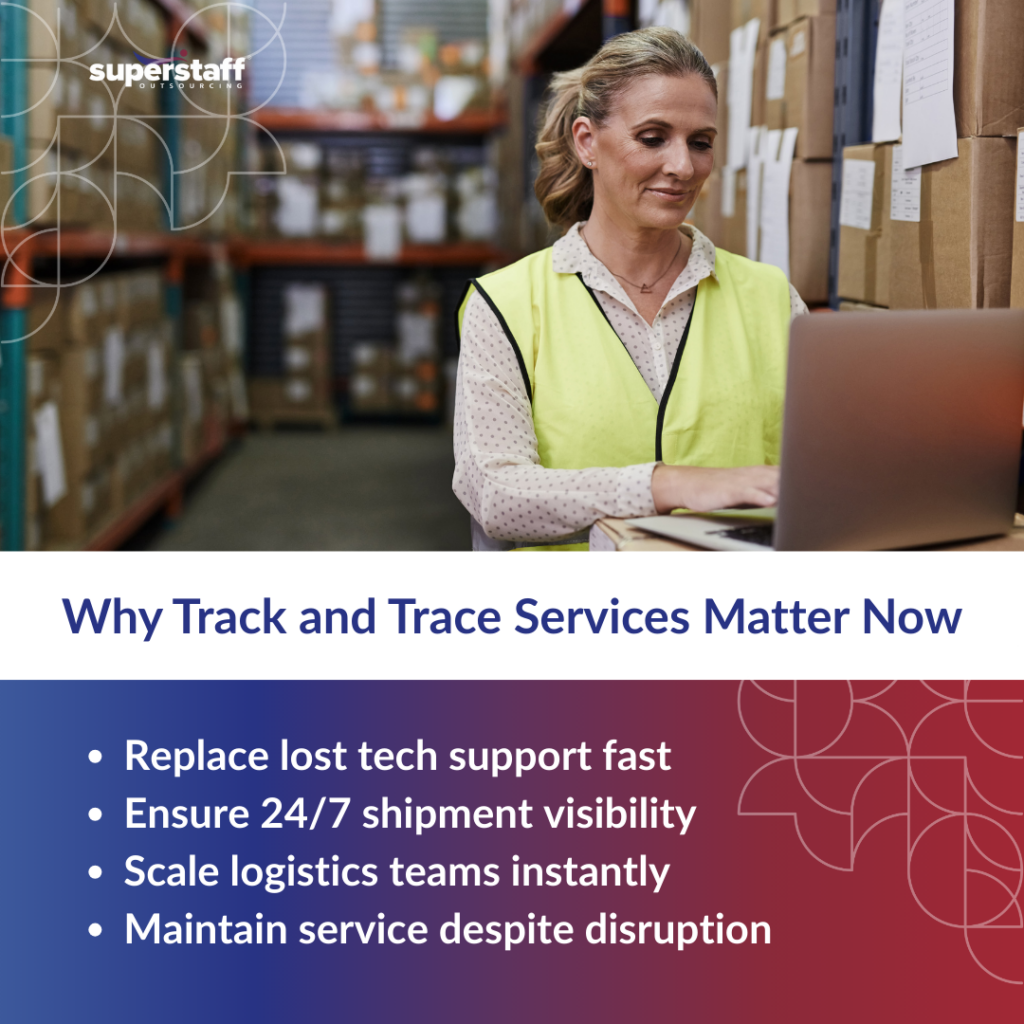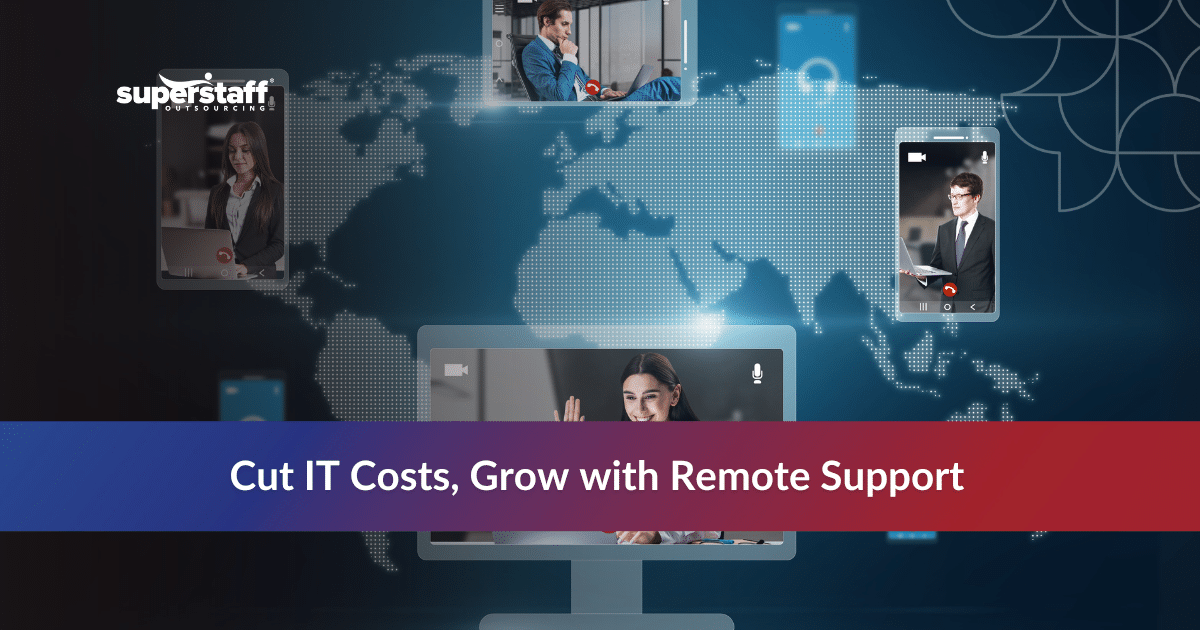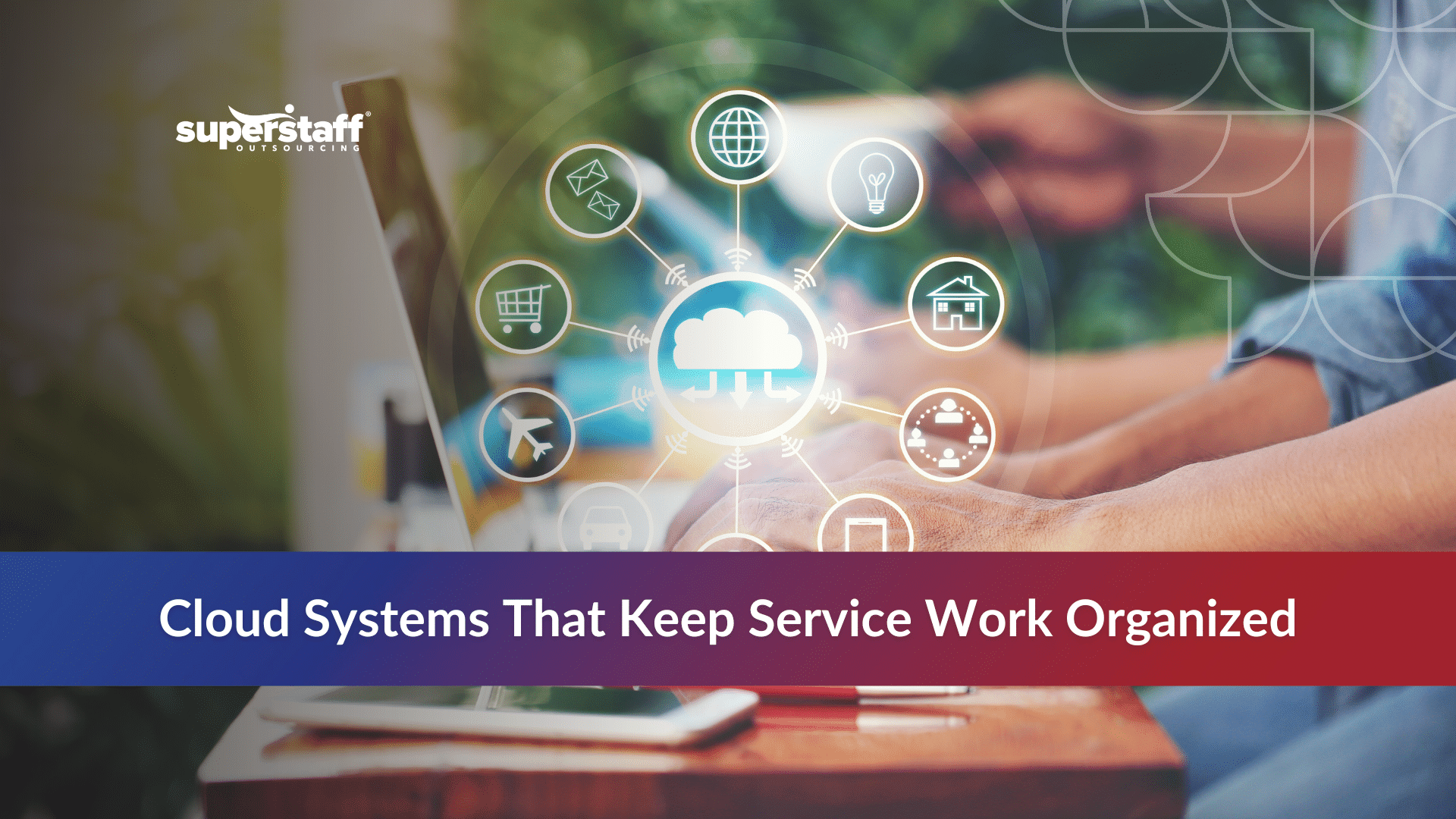
The tech world is shifting, fast. With Big Tech giants downsizing at a historic pace, many businesses find themselves in unfamiliar territory—cut off from the technical support, platforms, and partners they’ve long relied on. But in the middle of these shakeups, one opportunity stands tall: outsourcing.
This isn’t just about cutting costs. It’s about building resilience. Whether it’s logistics support, real-time IT response, or track and trace services, outsourcing has become the quiet hero in keeping operations running smoothly—even when the giants fall.
The Big Tech Downsizing Trend
Over the past two years, workforce reductions have swept across the tech industry, hitting even the most dominant players. According to HR Grapevine, Meta alone began streamlining its operations by laying off 4,000 employees as part of a broader restructuring effort. These massive layoffs have been driven by a mix of economic pressure, overexpansion during the pandemic, and the rapid advancement of AI, which has reshaped job functions across the board.
But what gets less attention is the domino effect. Businesses that depend on cloud services, SaaS platforms, analytics, or logistics technology provided by these tech firms suddenly face long support response times, delayed product updates, or even complete loss of platform-based services.
For supply chains and customer service-heavy sectors like e-commerce, logistics, and healthcare, these gaps are more than inconvenient—they’re costly. Operational support, such as track and trace services, can grind to a halt, jeopardizing entire delivery timelines.
Operational Risks Resulting from Downsizing
Imagine relying on a platform to manage customer queries—and then finding the support team behind it has been cut in half. Or depending on a freight coordination system whose API integration was managed by a team that no longer exists.
The result? Project delays. Operational bottlenecks. Poor customer experiences. The more dependent you are on Big Tech ecosystems, the more exposed you are to their internal shakeups.
The fallout includes slower issue resolution, decreased product functionality, and missed deadlines. And in industries where real-time action matters—such as logistics—the cost of downtime quickly adds up. Companies relying on track and trace services for shipment visibility feel the immediate impact.
Outsourcing as a Strategic Response

So, what’s the fix when your tech vendor or support team disappears overnight? The smartest move is to stop depending on a single source of expertise.
Outsourcing isn’t just a back-up plan anymore. It’s a core strategy for building continuity. When you outsource services—whether it’s IT support, customer experience, or track and trace services—you’re tapping into a reliable, globally distributed pool of talent that doesn’t disappear when a corporate restructuring hits.
BPO providers can immediately fill gaps, provide round-the-clock service, and bring niche skillsets you might struggle to replace in-house. The flexibility and cost control outsourcing provides are no longer just nice-to-haves—they’re essential.
Ensuring Continuity with Outsourced Talent
One of the biggest advantages of outsourcing is how fast it fills the gaps.
For example, if your freight forwarding systems were impacted by tech layoffs, outsourcing logistics back office functions and support—like documentation processing, carrier communication, or shipment visibility—can get you back on track with minimal lag.
Within days, you can onboard a fully trained offshore team with expertise in supply chain tech and track and trace services. These teams don’t just replicate the support you lost—they improve it, often bringing SOPs and efficiency protocols that streamline your process.
Rather than scramble for in-house hires, outsourcing ensures you’re never left vulnerable. Many companies have found success by turning to freight forwarding outsourcing as a way to ensure operations never skip a beat.
Boosting Agility Amid Workforce Volatility
Let’s face it: volatility isn’t going away. Whether it’s AI upending roles or another market crash, agility is now a survival skill.
Outsourcing empowers you to scale your operations up or down without the drama. If customer service demands spike during peak seasons, an outsourced CX team can flex accordingly. If freight volumes shift, your outsourced team handling real-time freight tracking solutions can adjust in stride.
This kind of flexibility isn’t possible with rigid, in-house teams, especially during hiring freezes or economic slowdowns. In fact, 61 percent of global executives, according to McKinsey, cite a demand-led recession—driven by rising uncertainty and declining consumer confidence—as a top concern.
Outsourcing removes your dependency on a single, localized labor pool and gives you instant access to global support. You’re no longer limited to what’s available locally—and your track and trace services remain consistent, even in turbulent times.
Maintaining Customer Satisfaction and Trust
One of the hardest-hit areas during Big Tech downsizing is customer experience. When internal systems stall, the ripple effect touches the customer fast.
But here’s the thing: customers don’t care why the delay happened. They care about what it means for them.
Outsourcing ensures your customers never feel the impact of internal chaos. CX teams in the Philippines, for example, are known for professionalism, empathy, and English fluency. They ensure smooth interactions even if your U.S. systems are experiencing backend delays.
When it comes to logistics and order fulfillment, consistency is everything. An outsourced team managing track and trace services ensures every update, delay, and resolution is communicated proactively. That level of transparency keeps customer trust intact—even during times of internal change.
It’s also why more brands are exploring freight forwarding outsourcing to keep customer expectations aligned with delivery timelines, no matter what’s happening behind the scenes.
Selecting the Right Outsourcing Partner
Of course, not all outsourcing partners are created equal. Choosing the right one is critical—especially when your business continuity depends on it.
You need a provider with deep experience in logistics, customer experience, and back office support. Look for teams with a proven track record handling freight forwarding outsourcing and tech disruption scenarios. Strong communication, cultural alignment, and a commitment to 24/7 availability are non-negotiable.
SuperStaff, for example, operates with 400 agents trained in tech-enabled customer service and logistics support. Their teams are especially equipped to take over track and trace services, bringing structure and accountability to what might otherwise feel like chaos.
Integrating Outsourced Teams Effectively
Bringing in outsourced support doesn’t have to disrupt your operations. With the right onboarding and integration strategy, your new team can hit the ground running.
It starts with clear communication: define goals, workflows, KPIs, and escalation paths. Provide access to necessary platforms. Use collaborative tools like Slack, Asana, or Microsoft Teams to keep everyone in sync.
Unified workflows and shared SOPs ensure outsourced teams deliver the same quality as your in-house staff. When managing operations like real-time freight tracking solutions, centralized visibility and process clarity are key.
Most importantly, don’t treat your outsourced team like outsiders. Invite them to virtual meetings, loop them into customer feedback, and make them part of your rhythm. That collaboration is especially critical when managing time-sensitive workflows like track and trace services.
With this integration approach, outsourcing becomes an extension—not a replacement—of your in-house strengths.
Future-Proofing Operations with Strategic Outsourcing
Big Tech’s next move is always uncertain. But your operations don’t have to be.
Strategic outsourcing isn’t just about solving today’s problems. It’s about preparing for tomorrow’s unknowns. Whether you’re worried about layoffs, automation disruption, or changing compliance rules, outsourcing offers a long-term buffer.
By embedding agile external teams into your model, you reduce risk exposure and ensure access to cutting-edge expertise. You also gain peace of mind—knowing your operations won’t grind to a halt if a tech provider disappears.
One fast-growing logistics client took this even further. After outsourcing ocean freight tracking to enhance visibility and manage risks, they noticed fewer shipment delays and stronger vendor accountability. That’s not just cost savings—it’s operational excellence.
And when things change again—as they inevitably will—those who have a stable outsourced model already in place, with proven track and trace services, will be best equipped to adapt.
How Track and Trace Services Empower Continuity Amid Big Tech Disruption
Outsourcing is more than a workaround. It’s the future-ready strategy businesses need to maintain continuity amid Big Tech downsizing. From talent gaps to operational delays, the risks are real—but so are the solutions.
When companies leverage outsourced track and trace services, they fill critical gaps fast, stay flexible in the face of disruption, and protect customer satisfaction and trust. Add in access to real-time freight tracking solutions and freight forwarding outsourcing, and the result is a business that runs better—regardless of what’s happening in Silicon Valley.
At SuperStaff, we help midmarket businesses and SMEs turn outsourcing into their strongest competitive advantage. With skilled teams, operational flexibility, and deep experience across logistics, tech, and CX, we’re ready to keep your operations moving—no matter who’s downsizing.
Let’s talk about how we can help your business stay resilient, agile, and future-proof.






